The Federal Communications Commission has submitted a controversial proposal that would significantly weaken consumer protection rules requiring internet service providers to clearly itemize fees on customer bills. The draft proposal, scheduled for a vote on October 28, represents a dramatic reversal of Biden-era transparency requirements that only went into effect in 2024.
The Transparency Rules Under Fire
The existing regulations mandate that ISPs provide consumers with “nutrition labels” similar to those found on food packages, displaying crucial information about internet plans including speeds, fees, data allowances, and contract terms. These labels were designed to empower consumers to make informed decisions and avoid unexpected charges hidden in the fine print.
However, the FCC’s new proposal argues that detailed, itemized fee breakdowns “may confuse customers” rather than help them. The draft seeks to eliminate requirements that providers itemize discretionary, recurring monthly fees—particularly those that vary by consumer location. According to the proposal, the agency plans to examine ways to remove “any other label requirements that are unduly burdensome and provide minimal benefit to consumers”.
Industry Complaints Drive Regulatory Shift
The proposal comes as a direct response to lobbying efforts by internet service providers who have complained that complying with transparency requirements has become impractical. ISPs argue that the proliferation of add-on charges—including equipment rentals, installation costs, network enhancement fees, and administrative surcharges—has made full fee disclosure too complex.
Industry representatives contend that regional variations in taxes and surcharges create unwieldy disclosures that would overwhelm customers rather than inform them. This argument has gained traction despite consumer advocates pointing out that ISPs themselves created this fee explosion as a deliberate revenue strategy to boost income without raising advertised base rates.
What’s Being Cut
The FCC’s draft proposal targets several key transparency provisions beyond fee itemization. The new rules would eliminate requirements for ISPs to make billing information available in multiple languages and to provide the data both online and to customers who call by phone. The proposal also seeks to decouple these nutrition labels from customer account portals, though it remains unclear where this information would continue to be displayed.
These changes would make it significantly harder for consumers to access accurate, detailed information about what they’re paying for each month. For many households already struggling with internet affordability, the reduced transparency could make it nearly impossible to spot overcharges or compare services effectively.
The “Delete, Delete, Delete” Initiative
FCC Chairman Brendan Carr, who authored the proposal, framed the changes as part of his broader “Delete, Delete, Delete” initiative aimed at removing government regulations. In a blog post about the proposal, Carr suggested the changes would “separate the wheat from the chaff” to give consumers “quick and easy access to the information they want and need to compare broadband plans”.
Critics argue that the actual language of the proposal contradicts this stated goal, instead making it easier for ISPs to obscure the true cost of service through hidden fees and charges. The initiative aligns with broader efforts to roll back regulatory oversight of the telecommunications industry.
Consumer Impact and Broader Implications
The timing of this proposal is particularly concerning for consumer advocates, coming just months after the Biden-era transparency rules took full effect in April 2024. Those rules represented a significant victory for consumers who had long struggled with surprise charges and misleading advertising from internet providers.
Hidden internet fees can include installation charges ranging from $45 to $100, activation fees between $10 and $80, equipment rental fees of $5 to $15 monthly, and various “network enhancement” or “cost recovery” surcharges that can inflate bills by 20% or more. Without clear itemization, consumers may find it difficult to identify these charges or negotiate their removal.
The FCC’s regulatory retreat also coincides with recent court decisions limiting the agency’s authority over ISPs, including a Sixth Circuit ruling that curtailed enforcement powers. This combination of judicial constraints and voluntary deregulation could signal a sustained shift toward lighter oversight of the telecommunications industry.
What Happens Next
The proposal will face a formal vote at the FCC on October 28, 2025. If approved, it would mark one of the most significant rollbacks of consumer protection rules in the telecommunications sector in recent years. Consumer advocacy groups are mobilizing opposition to the changes, arguing that reduced transparency will particularly harm households in underserved areas where internet affordability is already a critical issue.
For now, consumers should take advantage of the current transparency requirements while they still exist. The existing broadband nutrition labels remain the best tool available for comparing actual costs between providers and identifying hidden fees before signing up for service.
Sources
https://www.webpronews.com/fcc-to-scrap-biden-era-isp-fee-itemization-rule-amid-lobbying/
https://www.compareinternet.com/blog/hidden-internet-fees-explained-to-save/
https://www.engadget.com/big-tech/
[10] https://www.findarticles.com/fcc-vote-may-muddy-whats-on-your-broadband-bill/
